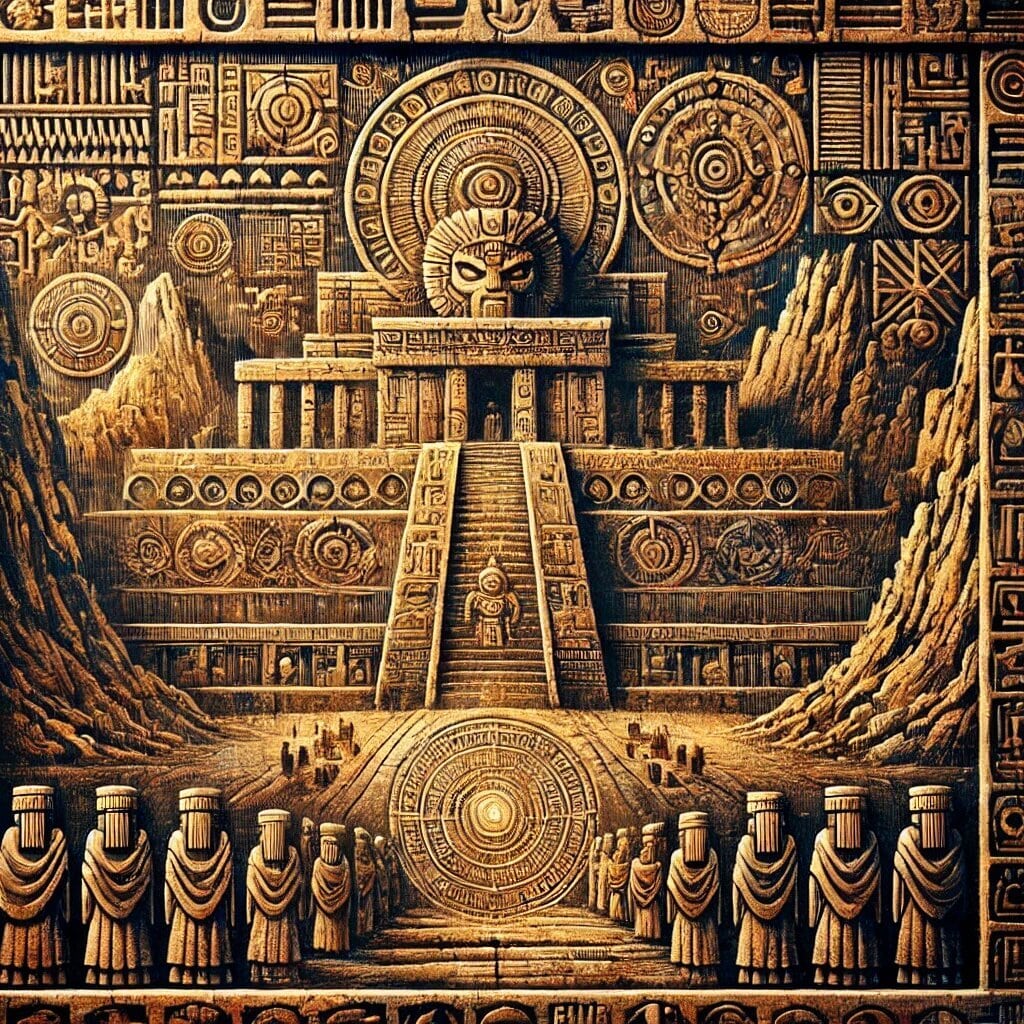Introduction
Art has been an essential part of human culture since the earliest civilizations. Ancient artz, in particular, provides a window into the lives, beliefs, and traditions of past societies. From primitive cave drawings to grand architectural wonders, these artistic expressions reflect humanity’s growth and creativity. This article delves into the evolution of ancient art, its defining features, and its lasting impact on the modern world.
The Evolution of Ancient Artz: From Cave Paintings to Monuments
The earliest forms of art were simple carvings and cave paintings, serving as a means of communication and storytelling. Over time, artistic expression became more complex, incorporating detailed sculptures, decorative murals, and monumental architecture. As civilizations progressed, their artistic styles evolved in response to their environment, technological advancements, and spiritual beliefs.
Contributions from Major Civilizations
Prehistoric Art (40,000–3,000 BCE)
- Early humans used cave walls to depict scenes of hunting, daily activities, and handprints.
- Natural minerals and earth pigments were used to create vibrant colors.
- These artworks likely held spiritual or ritualistic significance.
Egyptian Art (3,100–30 BCE)
- Characterized by grand pyramids, intricate temple reliefs, and detailed wall paintings.
- Art was often used to depict gods, pharaohs, and religious stories with strict stylistic rules.
- Proportions and symmetry were carefully maintained to reflect balance and order.
Mesopotamian Art (3,500–500 BCE)
- Included impressive ziggurats, detailed carvings, and decorative cylinder seals.
- Focused on glorifying rulers, honoring deities, and portraying everyday life.
- Materials such as clay, stone, and metal were widely used in artistic production.
Greek Art (800–100 BCE)
- Famous for its lifelike sculptures, painted pottery, and majestic temples.
- Artists explored human anatomy and movement with remarkable precision.
- Introduced architectural styles such as Doric, Ionic, and Corinthian columns.
Roman Art (500 BCE–476 CE)
- Adapted Greek artistic principles while placing greater emphasis on realism.
- Mosaics, frescoes, and large-scale sculptures were common forms of artistic expression.
- Engineering advancements, such as the use of concrete, enabled the construction of enduring structures.
Asian Art (2000 BCE–500 CE)
- Encompassed Chinese calligraphy, Indian temple carvings, and Japanese ceramics.
- Often centered on themes of nature, mythology, and philosophical traditions.
- Artists utilized materials such as silk, jade, bronze, and wood to create intricate designs.
Key Characteristics of Ancient Artz
Recurring Themes: Reflections of Society’s Values
Ancient artz often reflected the values and beliefs of the societies that created it. Some of the most common themes included:
- Religious and spiritual devotion.
- Representation of rulers, gods, and social structures.
- Scenes from everyday life, mythology, and the natural world.
Materials and Their Uses: The Foundation of Ancient Art
Different civilizations selected materials based on availability and durability. Below is an overview of commonly used materials and their applications:
| Material | Application in Ancient Art |
| Stone | Used for sculptures, temple reliefs, and monuments. |
| Clay | Crafted into pottery, figurines, and writing tablets. |
| Bronze | Used to create tools, weapons, and statues. |
| Gold | Commonly fashioned into jewelry and ceremonial objects. |
| Wood | Carved into artistic sculptures and ritual artifacts. |
Artistic Techniques: Mastery of Creation
Ancient artists employed various techniques to bring their visions to life. These included:
- Carving and Engraving – Used in sculptures and architectural embellishments.
- Wall Murals – Painted directly onto surfaces to document historical and religious stories.
- Metalwork – Created detailed bronze and gold artifacts for decorative and functional use.
- Mosaic Art – Assembled small colored pieces of stone or glass to form elaborate images.
The Influence of Ancient Artz on Modern Creativity
The artistic innovations of ancient civilizations continue to shape modern architecture, sculpture, and design. Many contemporary artists draw inspiration from ancient techniques, and historical artworks remain preserved in museums and archaeological sites worldwide. By studying these masterpieces, we gain valuable insight into the artistic evolution that still influences creative expression today.
Conclusion: The Legacy of Ancient Artz
Ancient art provides a unique lens into the past, capturing the traditions, stories, and craftsmanship of early civilizations. From cave paintings to monumental structures, these artistic achievements continue to inspire and inform modern artistic endeavors.
Further Resources for Exploration
- The British Museum: Offers a wide collection of ancient artworks and artifacts.
- The Metropolitan Museum of Art: Another world-class museum with an extensive collection of ancient art, such as galleries dedicated to Egyptian, Greek, Roman, and Mesopotamian art.


